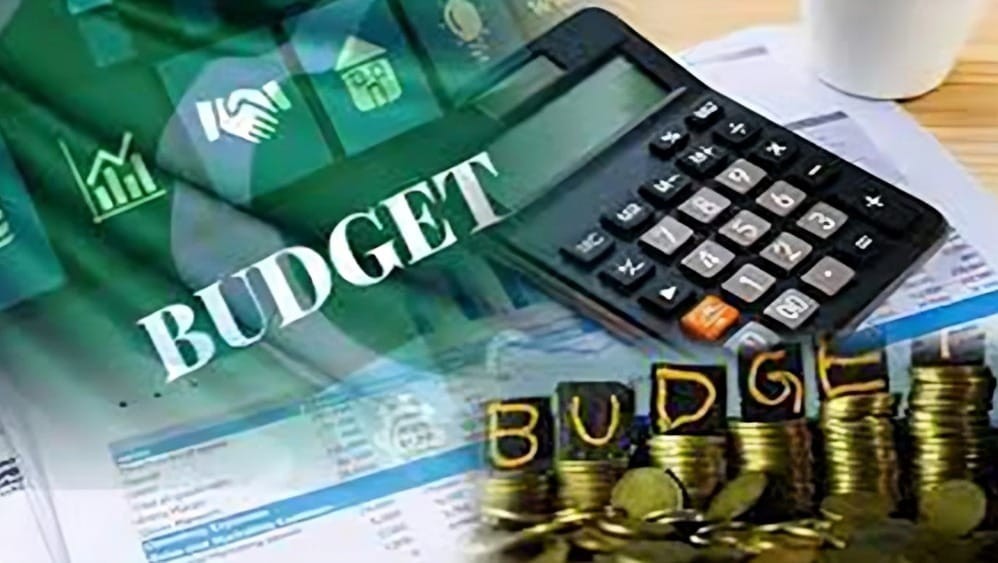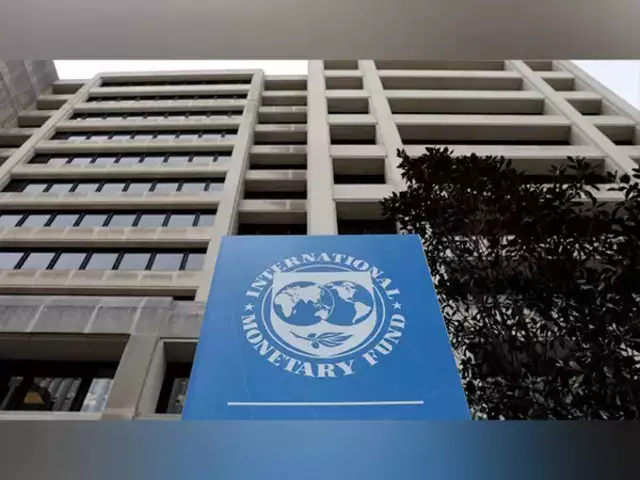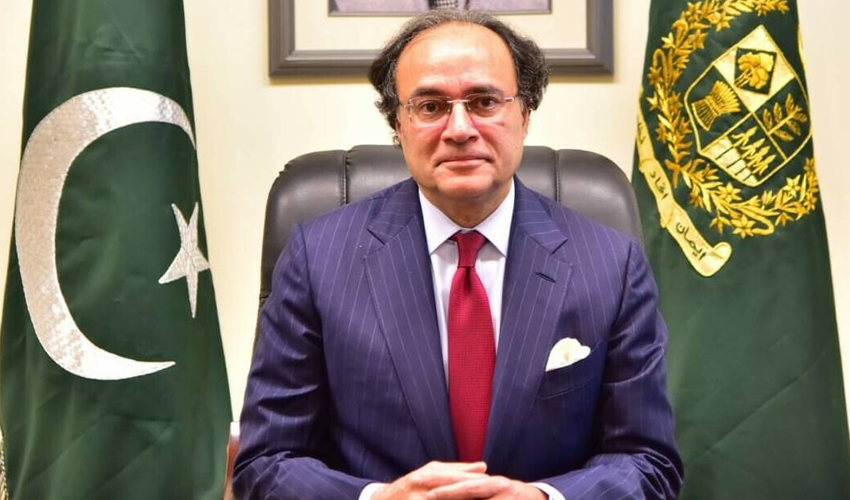PTBP Web Desk
Pakistan is on the verge of a significant financial crisis, with traditional foreign financing options drying up and a looming massive revenue shortfall.
According to Dr. Hafeez Pasha, a former finance minister, a “maxi budget” rather than a mini-budget will be inevitable for the government as it faces a rigorous quarterly review under the new loan program with the International Monetary Fund (IMF). He expressed these concerns during an interview on the television program “Paisa Bolta Hai” with Anjum Ibrahim, outlining the current financial challenges facing the country and the daunting path ahead.
Dr. Pasha highlighted that there had been some positive developments in Pakistan’s trade and current account deficit over the first two months of the current fiscal year. However, this improvement was not driven by growth in exports or a reduction in imports but by a sharp 40% increase in remittances. The former finance minister attributed this increase to the stabilization of the rupee, which had effectively curtailed illegal channels such as hundi and hawala, thus encouraging overseas Pakistanis to send money through formal channels.
Despite this seemingly positive news, Dr. Pasha warned that the financial account—the second part of the balance of payments—was in a precarious state. The country saw a $3 billion reduction in net external inflows in the financial account during the first two months of the fiscal year compared to the same period last year. The inflows were a mere $200 million, which significantly weakened the financial account.
In the past, Pakistan had managed to meet its financial obligations through disbursements from multilateral and bilateral sources. However, this is no longer the case. Dr. Pasha pointed out that bilateral loans had dried up, including those from China, which had traditionally been a reliable lender for Pakistan. The halt in new loans from China has left the country vulnerable to financial instability.
Moreover, traditional borrowing avenues, such as commercial banks, have also become problematic due to skyrocketing interest rates, which have reached double digits, climbing as high as 13%. While global interest rates have come down, and Pakistan’s credit rating has improved with agencies like Moody’s and Fitch, the country is still forced to take out expensive loans, underscoring its financial vulnerability.
One of the most alarming aspects of Pakistan’s current economic situation is the significant revenue shortfall. According to Dr. Pasha, the Federal Board of Revenue (FBR) has experienced a revenue shortfall of approximately Rs250 billion. The revenue growth over the first two months of the current fiscal year was 20%, far below the 40% needed to meet the government’s revenue target.
Additionally, the State Bank of Pakistan’s (SBP) profits, which were expected to contribute to the national coffers, came in at half of the expected amount, resulting in a shortfall of Rs1,250 billion. The provincial governments, which had committed to generating a surplus of Rs1,250 billion, are unlikely to exceed Rs700 billion.
This dire domestic financial situation means that the upcoming quarterly review with the IMF will be particularly challenging, with the government likely facing tough conditions. According to Dr. Pasha, this situation necessitates a “maxi budget” rather than the smaller adjustments typically made in a mini-budget. The government had set a revenue target of Rs12.97 trillion, compared to the Rs9.3 trillion achieved last year. However, with only 20% revenue growth, the government will likely face a massive shortfall of Rs1,700 billion.
Pakistan’s Gross Domestic Product (GDP) growth last year was largely driven by agricultural output, particularly from crops that experienced a 16% growth after the devastating floods. However, Dr. Pasha cautioned that this year’s targets for cotton and wheat production would likely be missed. The government has set a growth target of 3.5% for the current fiscal year, but Dr. Pasha expressed doubts about achieving this target. He added that while manufacturing output increased by 2.5% in July 2024 compared to the same period in 2023, it had declined when compared to June 2024.
Moreover, inflation remains a significant concern. While inflation has come down to a range of 12.5% to 13%, Dr. Pasha argued that this figure is understated. He believes inflation is actually 4% higher due to the underestimation of factors such as house rent and the impact of rising energy prices.
The IMF has projected that the rupee could depreciate further, reaching Rs320 to the dollar. While the rupee is currently being managed through restrictions on imports and the delay in opening Letters of Credit (LCs), these controls are temporary. As part of the IMF agreement, Pakistan will have to adopt a market-determined exchange rate policy, which is expected to increase inflation.
Dr. Pasha also noted that exporters are facing significant challenges due to rising electricity prices, the withdrawal of subsidies, high-interest rates, and increasing taxes. These factors, combined with a lack of exchange rate benefits, are likely to further negatively impact exports in the coming months. The nominal increase in exports during the first two months of the current fiscal year was largely due to higher rice exports.




